




Julia
Ambros
CORONADO HIGH SCHOOL|Coronado, CA
Teacher: Laura Hill
3-D Art and Design

Popocatépetl y Iztaccíhuatl, View 1|14 x 12 x 6 in.
Idea(s): An immigrant mother's love is chronicled in the vignettes, while the dogs scatter over the homeland.
Material(s): Ceramic: Porcelain fired at Cone 10 Reduction. Surface: Tenmoku and Carbon Trap Glaze, Underglaze.
Process(es): CA pack of dog figures migrate over mountains, translating 2D lines of writing to a 3D narrative.
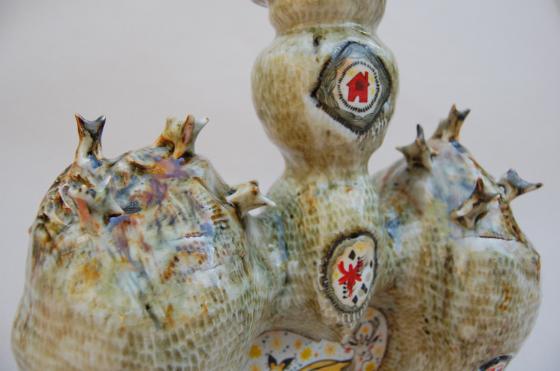
View 2
Student statement
Student
statement

Julia Ambros
When I began considering topics for my Sustained Investigation, I was feeling very conflicted about bouncing between 2D and 3D mediums.
I was strictly working in 2D mediums such as drawing and painting at the beginning of high school, and I absolutely loved it. I began working in ceramics during my Sophomore year, which to my surprise, brought me even more joy than the 2D mediums I had been using. I began to spend my time sculpting and throwing instead of drawing or painting, which brought unexpected feelings of guilt. When I spent time working in Ceramics, I felt like I was neglecting the 2D mediums I loved so much before, but when I spent time working in 2D mediums, I felt I was abandoning a new skill. It felt like no matter what I did, I couldn’t strike a balance I would be happy with.
This brought me to take a step back and look at my 2D and 3D work as a whole, instead of two separate bodies of work. I saw that my work across the different mediums held more similarities than differences, and decided that it would be more productive to use my 2D work to inform my 3D work (and vice versa). This also came to be the premise for my Sustained Investigation, where I technically focused on translating the fluid and graphic qualities of my sketchbook work (which is the “root” of all my art) into 3D ceramic forms, while conceptually exploring niche instances of human love.
One of the first and most challenging pieces I created was “Popocatépetl y Iztaccíhuatl.” In this piece, not only did I find it challenging to begin to flesh out my concentration, but my choice of clay (porcelain) proved to be difficult to hand build with. I had to focus on building quickly and evenly while controlling dryness to avoid cracking.
As I arrived at roughly the halfway point of my concentration, I created “The Solution to all my Problems,” a tall and roughly textured abstraction of a human form. This piece also proved to be a challenge due to its large scale, and the impact of COVID-19 at my school. COVID-19 made firing work very difficult, and greatly limited the amount of time I was able to spend glazing my work at school. This led me to make the decision to design my future pieces to be fired without using glaze, and instead focus on the natural texture of clay.
The last piece I created was “House of Friendship,” and while developing the details, I found that using multiple colors of clay in the same piece gave my vessels more diverse colors and depth without the use of glazes. I believe that having chosen a topic I was previously interested and personally invested in allowed me to find enjoyment throughout my Sustained Investigation, as well as being able to avoid boredom and maintain a consistent level of interest in my concepts.
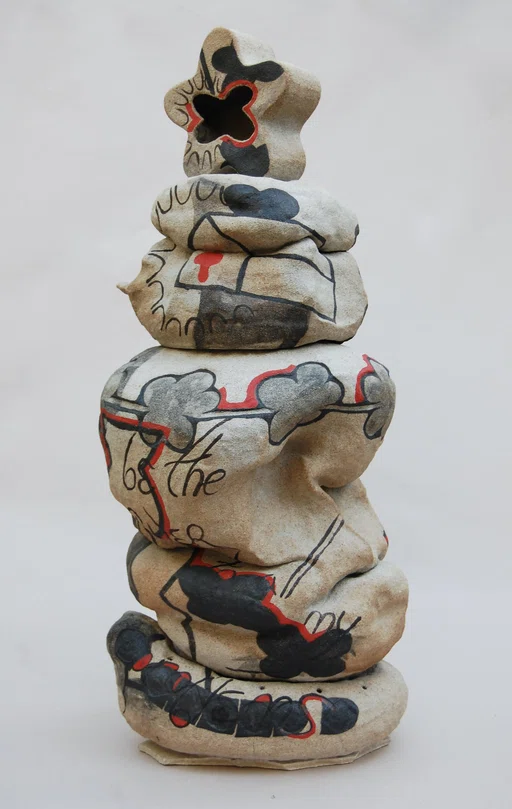
The Solution to all my Problems|34 x14 x 12 in.
Idea(s): An abstraction of a human form: the body of a human who finds sadness in solitude.
Material(s): Ceramic: Grey clay fired at Cone 10 Reduction. Surface: Underglaze.
Process(es): The concept of an abstracted human form is layered with graphic, thickly layered 2D elements.

Process Work

House of Friendship|9.5 x 10 x 11 in.
Idea: The love between two friends stretches too thin: the dogs have gone their own ways and howl alone.
Material(s): Ceramic: Grey and Red clay fired at Cone 10 Reduction.
Process(es): Raised icons of flowers and clovers take 2D graphic illustrations into a dynamic 3D plane.
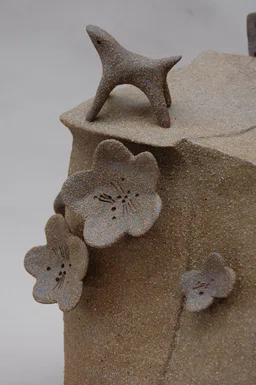
Detail
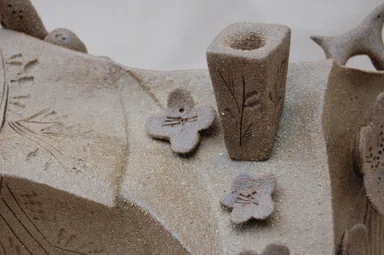
Detail
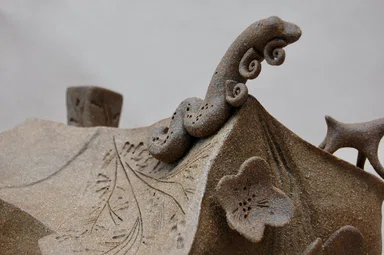
Detail

Sketchbook Planning
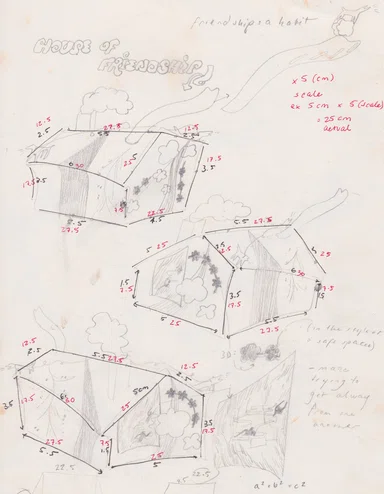
Sketchbook Planning

Sketchbook Planning
Director of Special Programs
statement
Shane Schmeichel, 2018-2021 CHS Principal, now Director of Special Programs
The creative space allows students to not only create, but to better connect with themselves as a human on this planet, communicate feelings through art, make a difference through art, understand community through art, and grow to better understand how art and culture are intertwined. Our art teacher comes at the craft from a sense of passion. Through instruction and inspiration, passion for creating art is abundant in all students involved in the class. Students leave this program understanding the value of art and are prepared to take on the world of art in any fashion they desire in the future.
The art program is an integral part of what makes Coronado High School the place it is. The art program is part of our fabric; it is part of the culture. There is financial support for art installations on campus. Teachers make sure that students have a path to the successful completion of their artwork. The students are treated as working artists and there is a culture of teamwork in the classroom.
Find a teacher that has a passion for the art and let him/her build an experience that builds community within the classroom and the campus.
Julia Ambros







